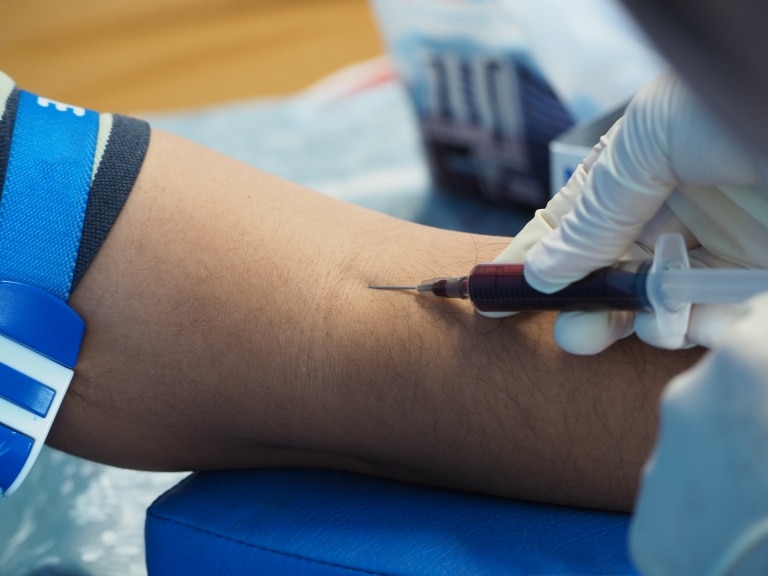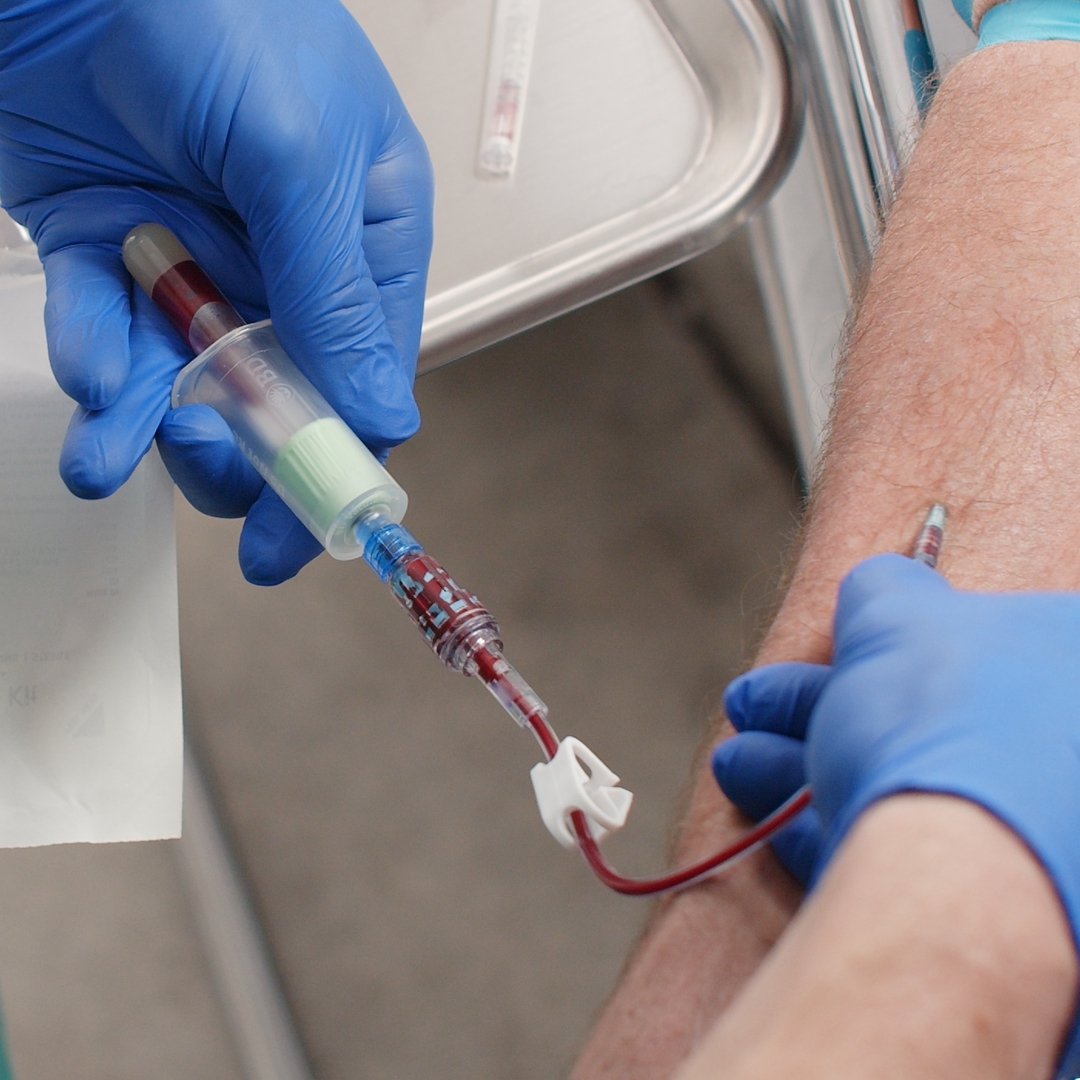Phlebotomy venipuncture veins vein procedure puncture perform unitekcollege
Table of Contents
Table of Contents
Are you a healthcare professional or aspiring to become one? One of the essential skills in the healthcare industry is how to draw blood from a vein. The ability to do this efficiently and painlessly not only aids in the diagnosis of patients but ensures the safety of the healthcare professional as well. In this article, we will explore how to draw blood from a vein and provide tips to make the process as smooth as possible.
Pain Points of Drawing Blood from a Vein
Having your blood drawn can be an uncomfortable and sometimes painful experience. Vein location, poor technique, and fear can all contribute to discomfort during the process. For healthcare professionals, a missed or difficult stick can mean wasted time and frustration, leading to potential negative impacts on productivity and patient satisfaction. Fortunately, with the right technique, these pain points can be minimized.
Answering the Target of Drawing Blood from a Vein
The first step to an easy blood draw is proper vein identification. This involves assessing the veins to determine the best entry point and vein size. A tourniquet can also be applied to increase vein visibility. Proper cleaning and sterilization of the entry point can reduce the risk of infection. Once the vein is identified and sterilized, the needle should be inserted at a 15-30 degree angle with a smooth, swift motion. After insertion, the vacuum tube or syringe can be attached to draw the blood, and the needle should be removed with the same quick motion. Applying pressure and a bandage to the entry point can prevent bleeding and promote healing.
Summary of How to Draw Blood from a Vein and Related Keywords
In summary, drawing blood from a vein involves proper vein identification, sterilization, and needle insertion technique. These steps can reduce discomfort for patients and frustration for healthcare professionals. Techniques, such as a tourniquet, can be used to increase vein visibility, while proper cleaning and bandaging can reduce the risk of infection and promote healing.
Vein Identification and Entry Point Location
During my time as a healthcare professional, I have gained experience in identifying veins and determining the best entry point. In my experience, it is essential to consider a patient’s age, blood pressure, and personal medical history when identifying appropriate veins. Once the vein is identified, I would apply a tourniquet to increase vein visibility before inserting the needle. By inserting the needle quickly and smoothly, the process can be over before the patient realizes it, reducing discomfort and pain.
The Role of Proper Technique in Drawing Blood from a Vein
Proper technique is essential to minimize the frustration and negative impact that can come with a missed or difficult stick. I always ensure that my equipment is sterile and the entry point is clean to reduce the risk of infection. When inserting the needle, I aim for a 15-30 degree angle with a swift motion, and always remove the needle with the same quick motion. Applying pressure and a bandage to the entry point promotes healing.
The Importance of Patient Comfort
While technique is essential, it is also critical to prioritize patient comfort. This includes creating a comfortable environment for the patient, using a calming tone, and potentially providing visual aids or distractions during the blood draw. I have found that taking a moment to explain the process to the patient and answer their questions can also reduce anxiety and discomfort.
Dealing with Difficult Sticks
While proper technique and patient comfort are essential, difficult sticks can occur, leading to frustration and potential negative impacts on productivity and patient satisfaction. In these situations, it is important to remain calm and focused, utilize appropriate equipment, and consider alternative sites for entry if necessary.
Personal Experience with Blood Draw Tips
Throughout my career, I have gained valuable tips and tricks to make the process of drawing blood from a vein as smooth and painless as possible. For example, laying a warm compress over the entry point before the draw can increase vein visibility and reduce discomfort. Additionally, a gentle massage of the vein can promote blood flow, making the stick easier. Finally, having the patient hydrate before the procedure can also increase vein visibility.
Question and Answer about Drawing Blood from a Vein
Q: How do I know if a vein is good for drawing blood?
A: A good vein for drawing blood is typically straight and visible, with a reasonable amount of elasticity. The location of the vein, patient’s age, and medical history can all contribute to vein viability.
Q: Can I still donate blood if I have difficult veins?
A: While it may be more challenging, individuals with difficult veins can still donate blood. It is essential to communicate with healthcare professionals about any concerns and work together to identify the best entry point.
Q: How can I reduce the pain of a blood draw?
A: Techniques such as warm compresses, gentle massage, and hydrating before the procedure can reduce pain during a blood draw. It is also important to communicate with healthcare professionals about any discomfort to ensure the best care possible.
Q: Can blood draws lead to infection?
A: Proper sterilization and cleaning of the entry point can greatly reduce the risk of infection. It is important to communicate with healthcare professionals about any concerns, such as redness or swelling, following the blood draw.
Conclusion of How to Draw Blood from a Vein
In conclusion, drawing blood from a vein is an essential skill in the healthcare industry. Proper technique, prioritizing patient comfort, and effective problem-solving strategies can minimize frustration and ensure the safety of both the patient and healthcare professional. By utilizing tips and tricks, such as warm compresses and gentle massage, the process can be made smoother and more effective, leading to successful blood draws and satisfied patients.
Gallery
How To Draw Blood From A Patient’s Vein As Painlessly As Possible

Photo Credit by: bing.com / venipuncture vein nursing unitek painlessly unitekcollege
IV Video Course | Nurse Keith

Photo Credit by: bing.com / iv blood draw course
How To Find The Right Veins To Draw Blood From - Quora
Photo Credit by: bing.com / blood draw veins find right vein typically lab main arms done training part next
Safe And Effective Blood Draw - YouTube

Photo Credit by: bing.com / blood draw vein labs collection nurse patient effective safe lab work cuff tools
How To Draw Blood Picture - Draw Easy

Photo Credit by: bing.com / phlebotomy venipuncture veins vein procedure puncture perform unitekcollege






